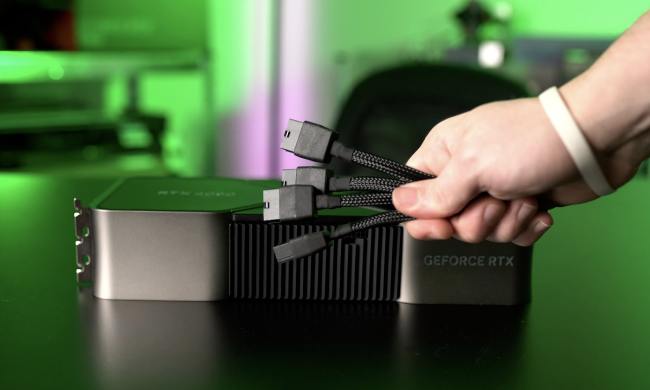
Everything users expect from a full-featured desktop operating system is present in Remix OS. There’s a start button in the lower left corner to access a full list of applications, a taskbar in the bottom right, and even minimized windows at the bottom.
And underneath the clean, simple interface, it’s still running fully supported Android. That means access to the Google Play store, but with apps that can be resized, moved around, and flipped from one to another in the same way you might in Windows or Mac OS X.
That’s the perfect fit for older systems, where RAM and storage are at a premium. Android OS apps are built with a massive spread of devices in mind already, so systems that can’t even run Windows 10 can boot up Android OS and access a wealth of apps and games that may actually perform decently.
Installation is easy enough. Simply download the file through the torrent found on the Google Groups announcement. Once that’s done, run the program inside, which will write the operating system to a USB thumb drive. Restart your system, booting from the drive, and you’ll be off and running.
Once launched, Remix OS will treat you as any other Android device would, allowing you to download previously purchased apps, connect to email and Google Drive, and manage the internal file structure. If you have an old system lying around and are looking for a way to drag it into 2016, this might just be the ticket.


